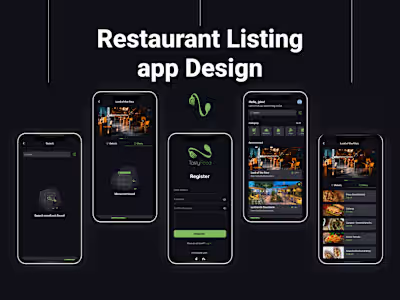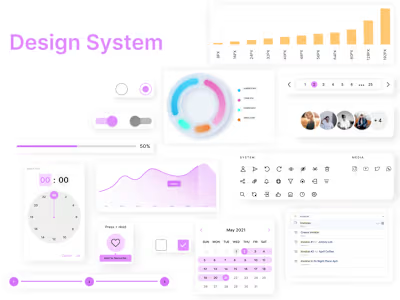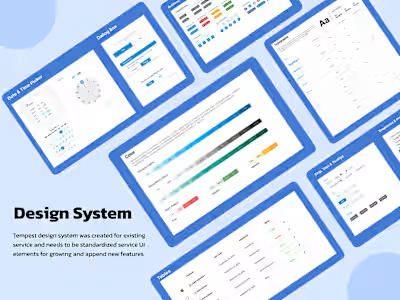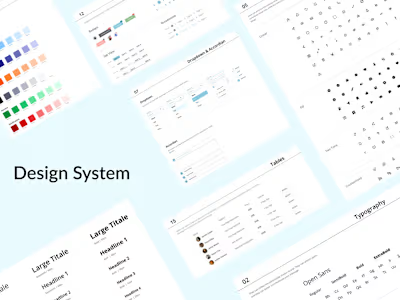Pet Design System: Tailored Pet Design
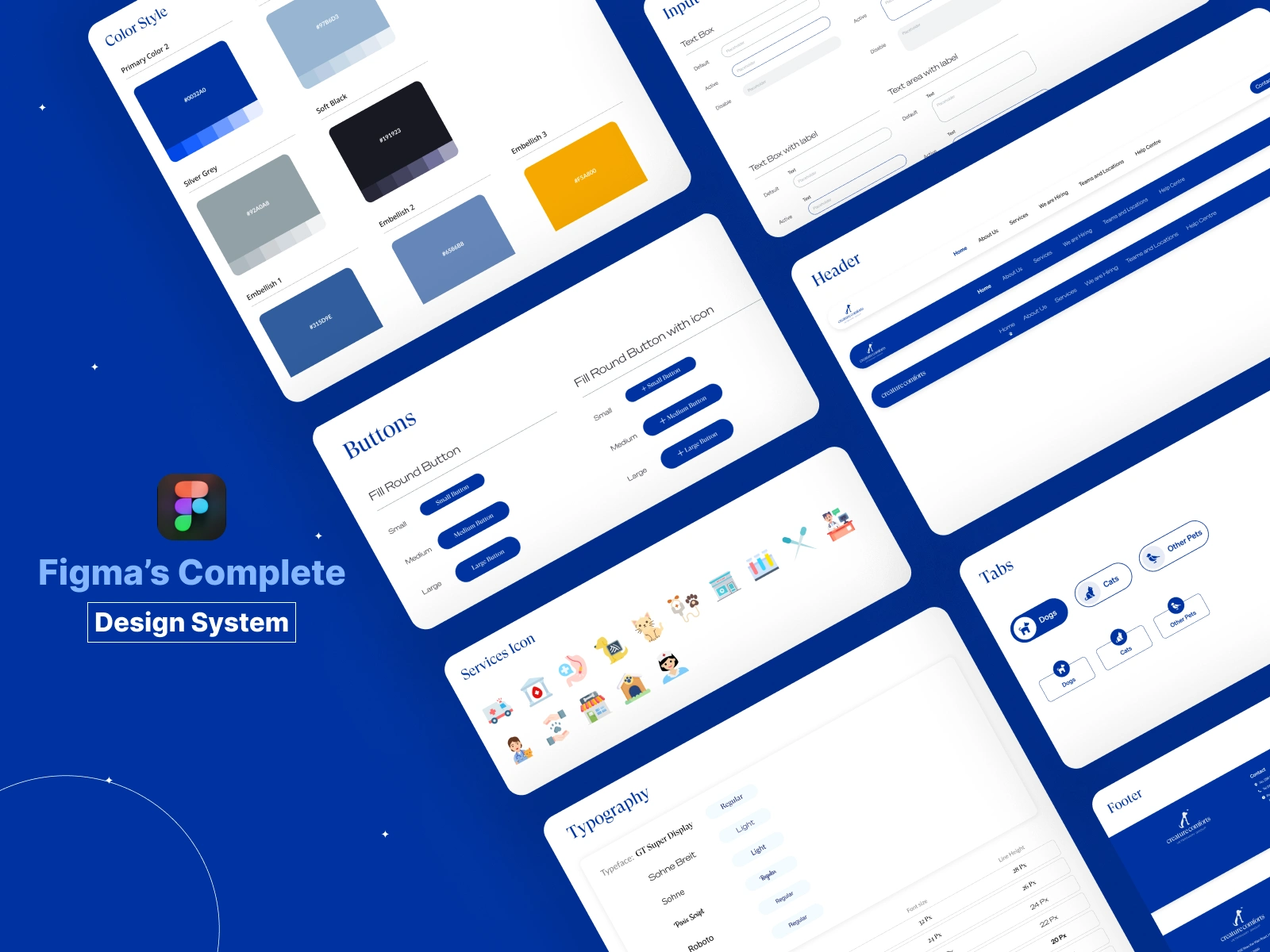

Short Description:
Pet Design System aims to facilitate the effortless creation of pet-centric experiences, offering a comprehensive toolkit tailored for designing pet-related products and services.
Project Overview:
Pet Design System is a specialized toolkit designed to enable the creation of pet-centric experiences effortlessly. It aims to provide a comprehensive set of design resources and guidelines specifically curated for designing products and services related to pets.
Challenge:
The primary challenge involves developing a design system that caters to diverse pet-related products and services while ensuring coherence, usability, and pet-centricity.
Solution:
The solution is the "Pet Design System," offering a specialized toolkit comprising design resources, guidelines, and templates. It empowers designers and developers to create intuitive and user-friendly pet-related experiences seamlessly.
Research:
Secondary Research:
Secondary research analyzing existing pet-related design systems, pet product trends, user preferences in pet-centric design, and emerging pet industry technologies.
Primary Research:
Primary research engaging with pet owners, pet care professionals, veterinarians, and pet product creators to understand their design needs, challenges, and preferences.
Personas:
Personas such as creating personas representing diverse stakeholders in the pet industry to understand their unique design requirements and challenges within the Pet Design System.
Ideation:
Conducting brainstorming sessions to generate ideas for features, templates, and design elements within the Pet Design System that cater to various pet-related products and services.
User Stories:
Identifying user stories derived from personas to define essential design components and functionalities aligning with diverse user requirements using the Pet Design System.
Design:
Wireframes:
Wireframes will be created to outline the user interface of the platform, showcasing the layout and structure. These visual representations will facilitate early feedback and usability testing.
Moodboard:
The moodboard will define the visual identity of "Pet Design System" It will curating design elements reflecting pet-centricity, coherence, and user engagement to guide the visual identity of the Pet Design System.
Style Guide:
A comprehensive style guide will establish consistent design principles, encompassing color palettes, typography, iconography, and imagery. These guidelines will ensure coherence and cohesion across the platform.
Hi-Fidelity Wireframes:
High-fidelity wireframes will transform the design concepts into detailed, interactive prototypes. These prototypes will demonstrate the final look and functionality of "Pet Design System" encouraging engagement and user feedback.
Prototypes:
Building interactive prototypes to showcase the Pet Design System's design elements and guidelines, allowing stakeholders to provide feedback before final implementation.
Testing:
Usability Testing:
Usability testing will involving designers and stakeholders to test the usability, coherence, and pet-centricity of the design system components.
Redesign:
Iteratively refining the Pet Design System based on testing outcomes to enhance usability and effectiveness in creating pet-centric experiences.
Reflections:
Reflecting on the impact of the Pet Design System in facilitating pet-centric design experiences, emphasizing improved usability and coherence across pet-related products and services.
Development Process:
Involving technology stack selection, methodology adoption, frontend and backend development, database design, rigorous testing, quality assurance, and deployment for a scalable and user-friendly Pet Design System.
This structured breakdown outlines the various stages and processes involved in developing "Pet Design System: Tailored Pet Design: Create Pet-Centric Experiences Effortlessly" aimed at providing a comprehensive and user-friendly toolkit for designing pet-related products and services.
Like this project
Posted Dec 14, 2023
Pet Design System aims to facilitate the effortless creation of pet-centric experiences, offering a comprehensive toolkit tailored for designing.





